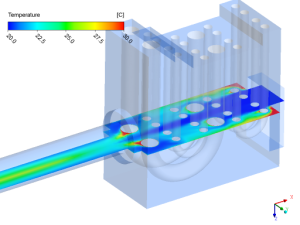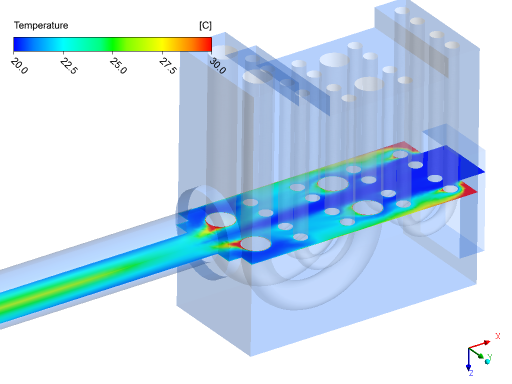Australian gas prices for both commercial manufacturing and domestic households have been increasing steadily, with a 36% increase in gas prices over the last five years. Gas prices are now are tipped to skyrocket further from now until 2018, with regulatory changes meaning the Australian gas industry is ramping up gas production to export to Asian markets where prices are considerably higher. It is forecast that the effect of this structural change in Australia’s gas market is likely push up the average household bill by more than $300 a year in key ‘heating’ markets such as Melbourne. It is expected that this substantial rise in gas prices over such a short space of time will push Australian consumers to replace their ageing gas heaters, with energy efficiency ratings being the main factor affecting their purchasing decision.
This represents an opportunity for engineers and designers of gas-fired appliances at smart manufacturers to gain an edge in the competitive Australian market. At LEAP, we have seen the use of Computational Fluid Dynamics (CFD) gaining popularity as a R&D tool to improve the overall operation and performance of gas heaters, from conceptual designs through to detailed production designs (incorporating assessment of energy efficiency as well as important maintenance issues such as fatigue performance). Smart manufacturers are also realizing significant time and cost savings by using CFD upfront to reduce the number of (sub-optimal) physical prototypes they produce prior to consolidating their design.
In addition to improving overall energy efficiency and ultimately reducing fuel costs, CFD is being used to:
Improve gas combustion process
ANSYS CFD is at the forefront of research and development in this field, with accurate models continuously implemented to simulate the complex flow interactions and reactions in gas-fired combustion, with additional ability to track pollutants and dispersion of flue gases to conform to stricter environmental regulations.

Improve and maximise heat exchange efficiency
Engineers now utilize ANSYS CFD technology upfront during their conceptual design phase, combined with parametric CAD models and powerful in-built design optimization algorithms, to drive tangible improvements in key performance metrics such as heat exchange efficiency.


Improve fatigue life due to thermal cyclic loading
ANSYS CFD is also commonly coupled with the ANSYS structural solver to investigate thermally-induced stresses and cyclic loading over the products lifetime. These quantities are critical to assessing the fatigue life performance of the gas furnace components, ultimately reducing the ongoing risk in providing a significant warranty period for your product.

These trends in gas prices have driven increased use of ANSYS CFD by a number of gas-heating/furnace appliance manufacturers in Australia. ANSYS CFD provides a fully parametric fluid-thermal-structure simulation environment to investigate energy efficiency, flow interaction within heat exchangers, flow reactions for heat release and combustion, and thermal stresses resulting from cyclic loading due to intermittent gas combustion. Our customers have confidence in the state-of-the-art and experimentally validated combustion and radiation models that are integrated within ANSYS CFD, to provide useful quantitative and qualitative data including:
– accurate heat transfer coefficients,
– composition and temperature of flue gases,
– thermal loading on structural components,
– assessment of flow uniformity within the heat exchanger.

